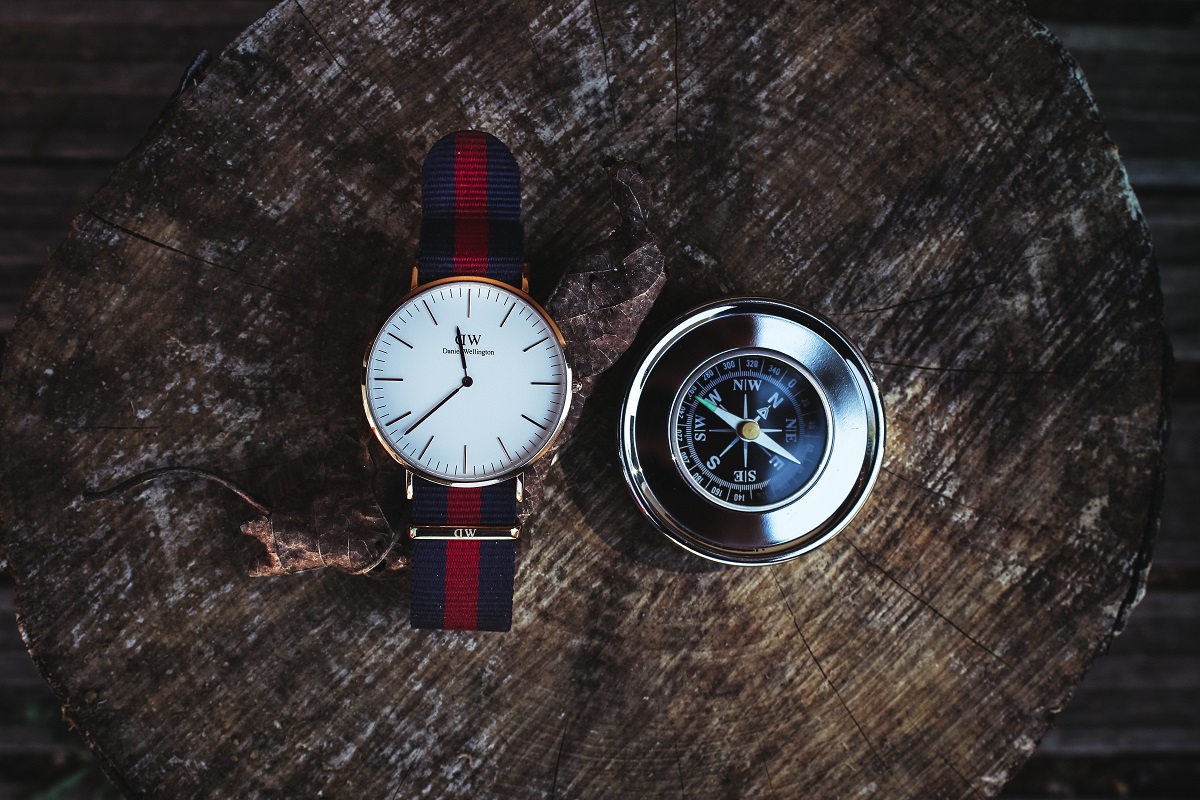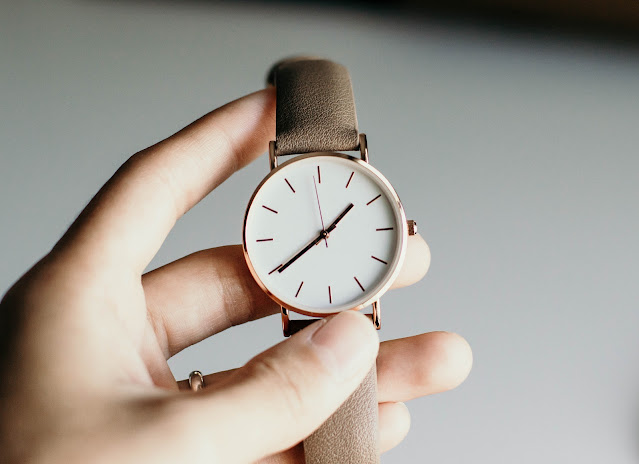ANTIQUE CLOCKS A GUIDE FOR ANTIQUE BUYERS AND COLLECTORS
Watch mechanisms that measure the minutes and seconds of our lives. They have something mystical and at the same time attractive. Perhaps that is why the interest of mankind in this subject does not fade away and it does not go out of fashion. On the contrary, they acquire the status of antiques, increasing their value over the years. To make such a rare acquisition is a great success for the collector, which will warm his soul for a long time to come.
FROM THE HISTORY OF THE ISSUE
Humanity has not retained any information about how the first watch mechanisms arose. But since ancient times, water or sand mechanisms have been in use. They were not very accurate, but no one demanded that from them. Compared to these bulky mechanisms, the sand ones seemed just miniature, moreover, they could be used indoors, which became a real revolution in watchmaking.
But the real boom of interest in clockwork began around the 17th century. with the introduction of mechanical objects. Antiquaries claim that they were invented several centuries earlier. Authorship is attributed to:
- Pacificus of Verona (9th century);
- Monk Herbert of Auvergne (late 10th century).
Europe began to get acquainted with mechanical clocks at the end of the 13th century; they came to Russia by the middle of the 14th century. The main disadvantage of these mechanisms was their size - wheels, gears, weights and other details occupied large rooms. Therefore, they were installed mainly on towers in city squares.
Two inventions became a new starting point in history:
The "balance-spiral" system introduced by Christian Huygens in the middle of the 17th century. Made a real sensation;
Appearance in the 16th century, Peter Henlein's mainspring made it possible to significantly reduce the size of these items.
Thanks to these inventions, watch movements from large and heavy turned into portable ones and for the first time fit into a small box. From that moment on, they began to gain popularity, and watchmakers, standing on the same level with jewelers, gained respect, and with it, wealth.
Over time, small private workshops were transformed into huge factories and factories producing art objects. It is they who today fall under the term "antique watches" and are of interest to collectors.
Antique watches: features and classification
In the antiques market, items created in the period of the 17th-18th centuries are of the greatest value. At this time, watchmaking was gaining momentum, but had not yet acquired a shade of mass character.
Therefore, each thing is:
- style;
- rich decor;
- expensive stones or rare woods;
- Handmade
Later, in the 19th and 20th centuries, watches became available not only to rich people, but also to the middle class. The decor becomes more modest, although there are also objects created to order for specific people.
Collectors of antique watch movements of the 17th-20th centuries, pursuing mainly 3 goals:
- profitable investment;
- interior decoration;
- acquisition as a work of art.
Items worthy of attention are divided into the following groups
- wrist;
- Pocket;
- wall-mounted
- floor;
- console;
- carriage;
- Fireplace
It is worth telling more about the old clock of each type.
Antique wrist watch
This item first appeared in the early 19th century. The first item was made for the wife of Napoleon Bonaparte - the beautiful Josephine. The court jeweler worked on the watch, and the result of his painstaking work was gold bracelets studded with precious stones and pearls. The master attached a small watch to one, and a calendar to the second.
These accessories made a splash and half a century later they were produced by many well-known brands. The Cartier brand became especially famous, producing since the end of the 19th century. to this day, a watch studded with diamonds, mounted on a gold bracelet.
Antique pocket watch
The first such item was created around the middle of the 18th century. For several years, the type of mechanism has changed in it 3 times:
- spindle;
- hooked
- Anchor
The appearance was different. History knows an accessory made by the Russian craftsman Kulibin - he stood out from the crowd with a shape resembling an egg.
Pocket watches are popular with men. And for the sake of a more comfortable wearing of this item, the fashion has even been changed. Graceful pockets were cut in outerwear, in which the watch was placed. For convenience, they were connected to one of the buttons with a massive chain made of material that was in harmony with the body of the accessory.
The greatest antique value of this group is the works of the brand Breguet. They stand out for their rich finishes and high precision, which was a rarity for their time.
Antique wall clock
In the 16th century, Wall clocks came into fashion. They were available only to very rich people and were pieces of art. Watchmakers have noticed a connection between accuracy and pendulum length. Therefore, most of the objects of that period are equipped with heavy and very long pendulums.
Antique grandfather clock
Approximately in the 17th century, in the homes of aristocrats began to appear outdoor clock mechanisms. They consisted of three parts:
- pedestal;
- a cabinet with weights and a pendulum;
- Upper compartment.
For the manufacture of these things used rare woods. Especially popular were the works of English masters, in the 18th century. They were ordered by members of royal families, the richest houses of Europe and merchant families.
Read: >> How to check a used watch when buying from hand <<



Comments